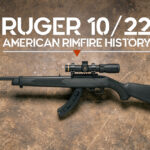
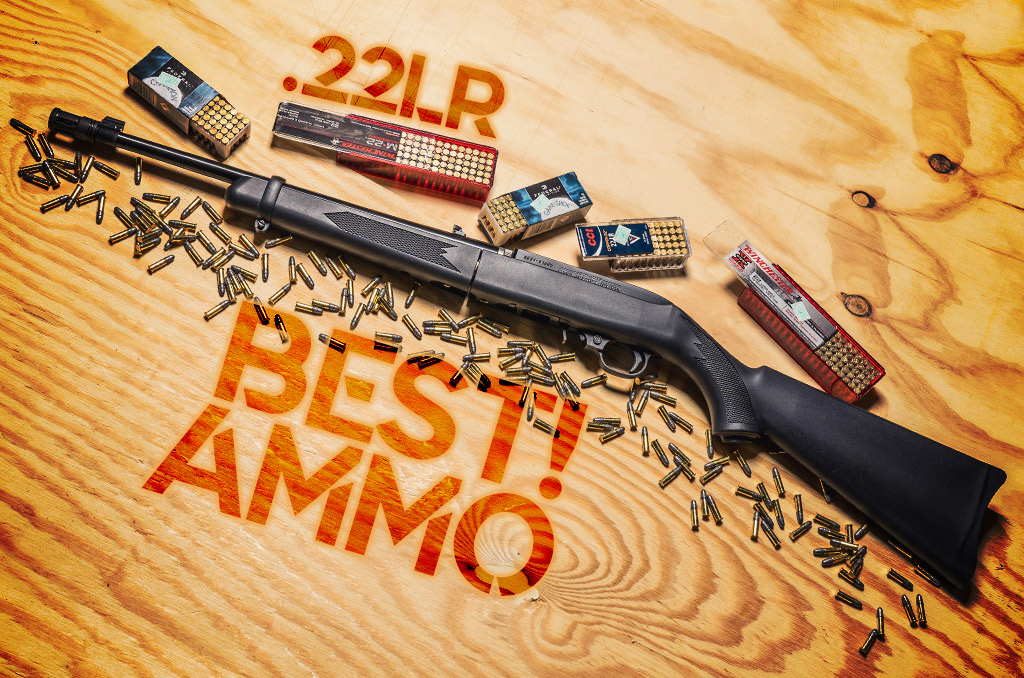
.22 Long Rifle is the most prolific, most common caliber in the world. The best 22LR ammo is used for anything and everything you can think of, from shooting cans and rabbits to Olympic shooting sports. It is the caliber that everyone learns to shoot with. It is cheap, accurate, and effective when used for its many intended purposes.
Rimfire cartridges are as popular as ever and the king of the proverbial mountain remains the .22 LR. It shoots straight, is cheap and easy to find, and is great at everything from dispatching vermin to precision shooting. It is equally at home in a pistol, revolver, or rifle.
Best 22LR Ammo
Now, let’s take a closer look at some of our favorite .22LR ammo options. We’ve included a wallet-friendly lead round nose (LRN) cartridge, an FMJ option, and an HP round.
CCI Standard Velocity 40gr (LRN)
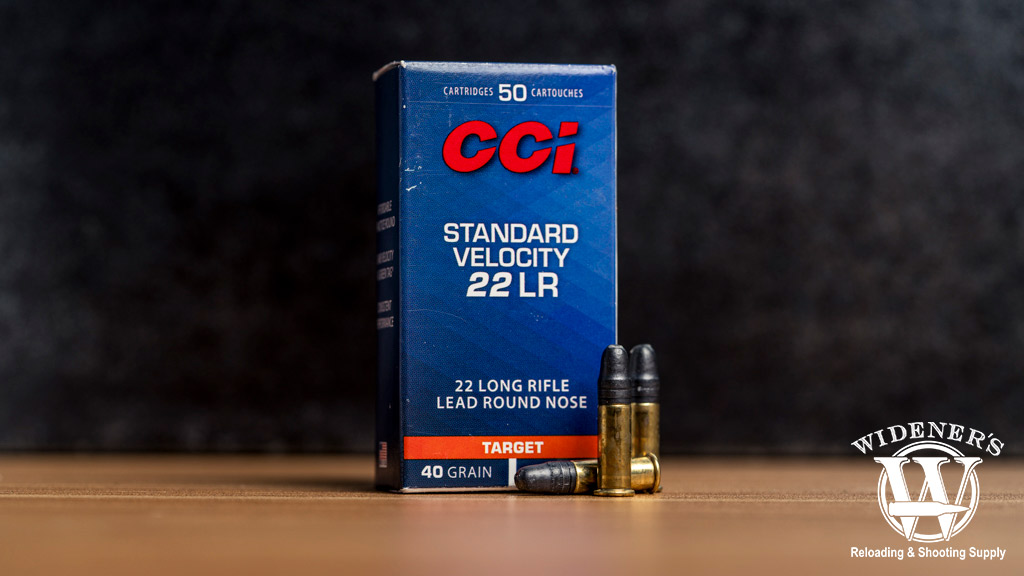
CCI Standard Velocity: Performance, accuracy, and the best bang for your buck.
The CCI Standard Velocity 22 LR 40 Grain LRN is a reliable and accurate option for target shooting, providing consistent performance with a muzzle velocity of 1,070 feet per second and a grain weight of 40. It boasts a ballistic coefficient of .120 and maintains excellent stability over distance, with energy levels ranging from 102 foot-pounds at the muzzle to 73 foot-pounds at 100 yards. This ammunition is ideal for shooters seeking high-volume practice rounds that offer the same velocity as premium rounds but at a more affordable price.
| Caliber | Bullet Type | Bullet Weight | Velocity (Muzzle) | Energy (Muzzle) | 50 Yards (Velocity/Energy) | 75 Yards (Velocity/Energy) | 100 Yards (Velocity/Energy) |
|---|---|---|---|---|---|---|---|
| .22LR | LRN | 40gr | 1,070 FPS | 102 FT LBS | 977 FPS/85 FT LBS | 940 FPS/79 FT LBS | 908 FPS/73 FT LBS |
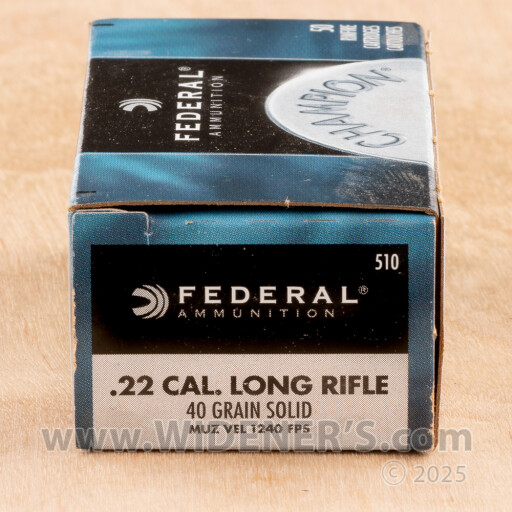
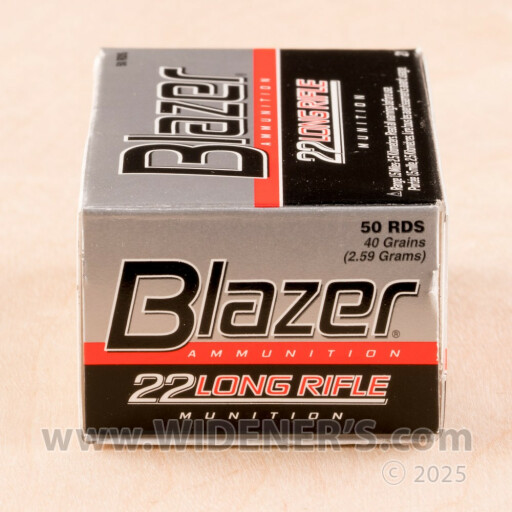
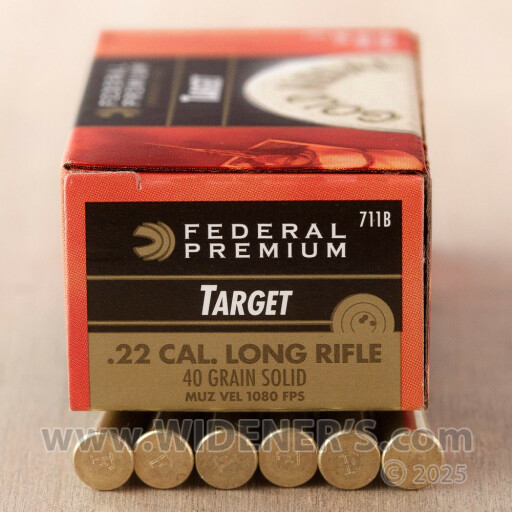
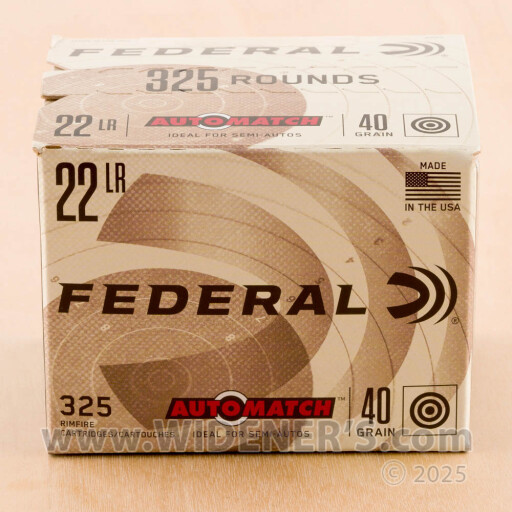
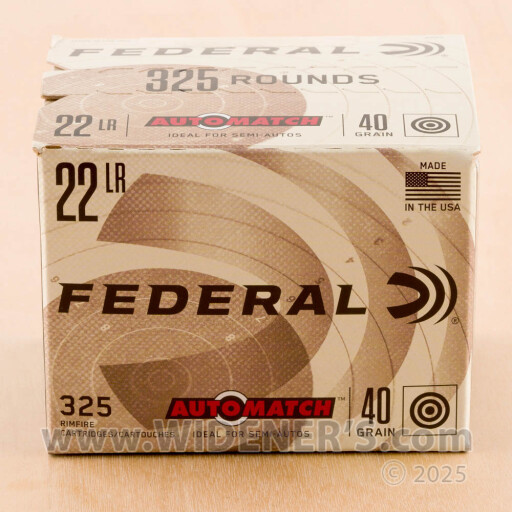
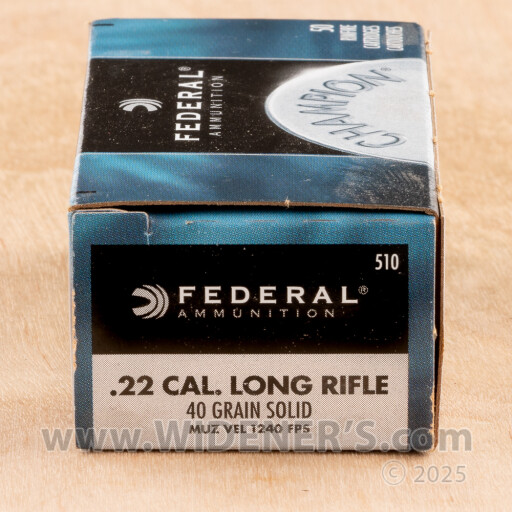
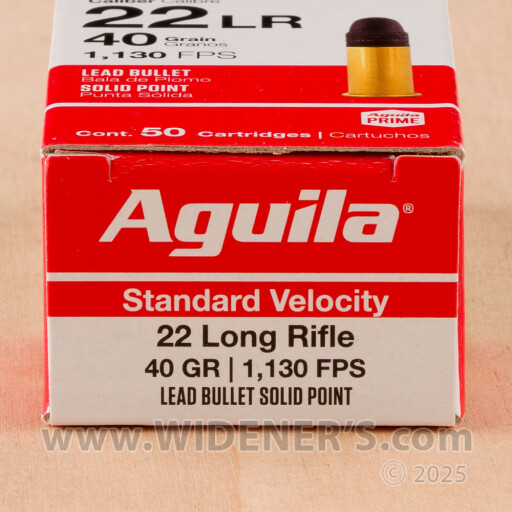
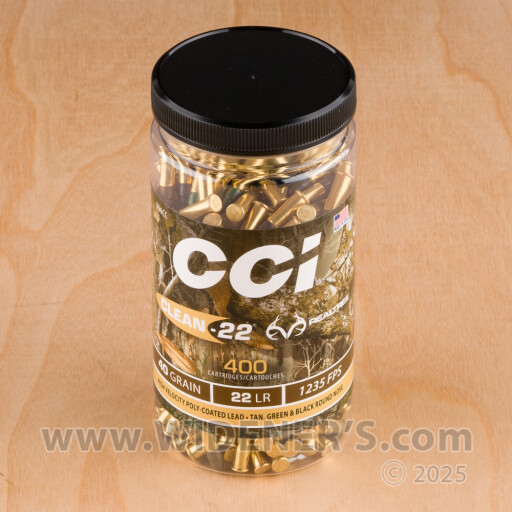
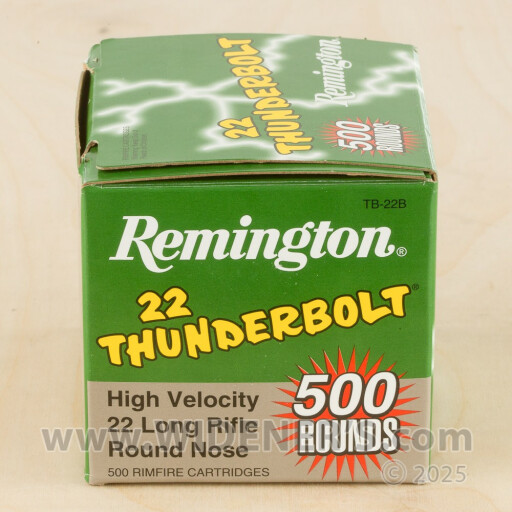
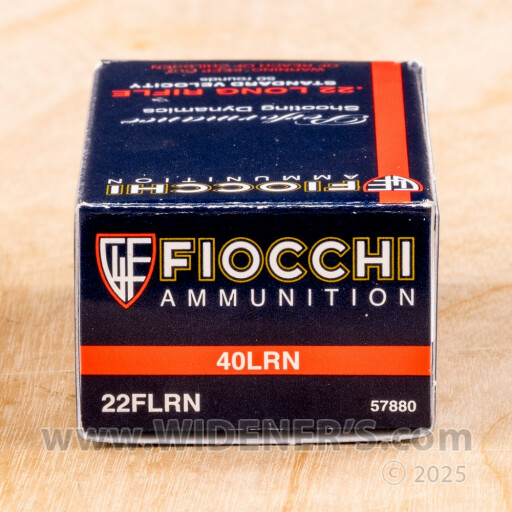
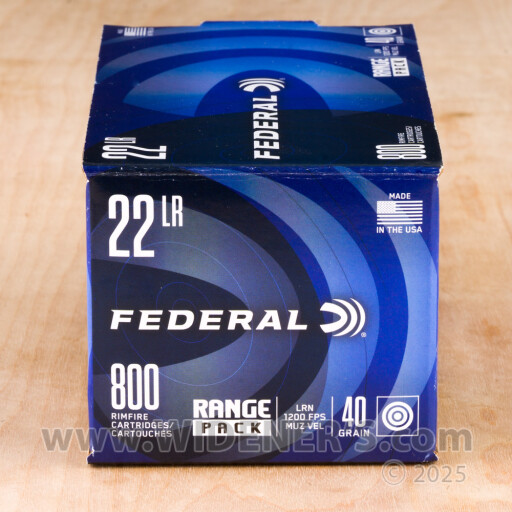
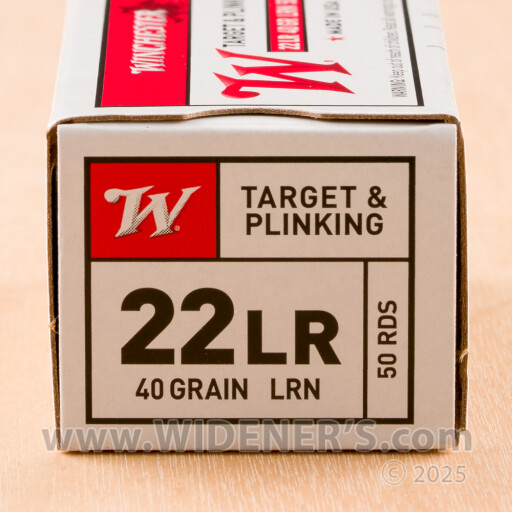
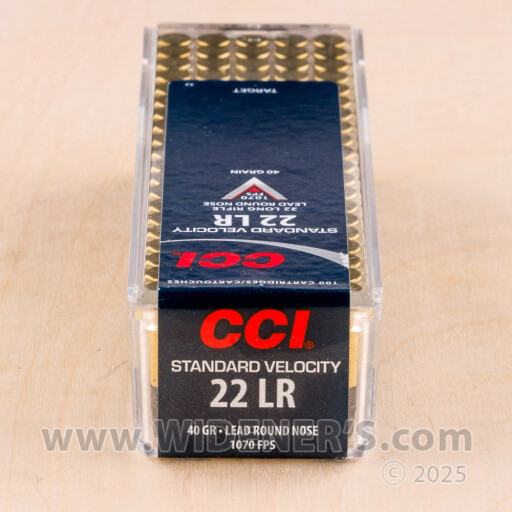
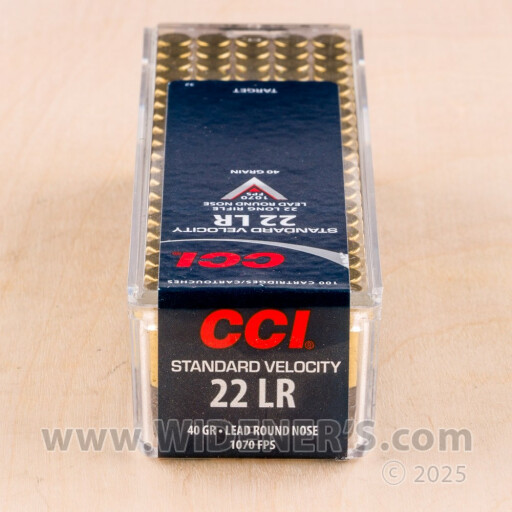
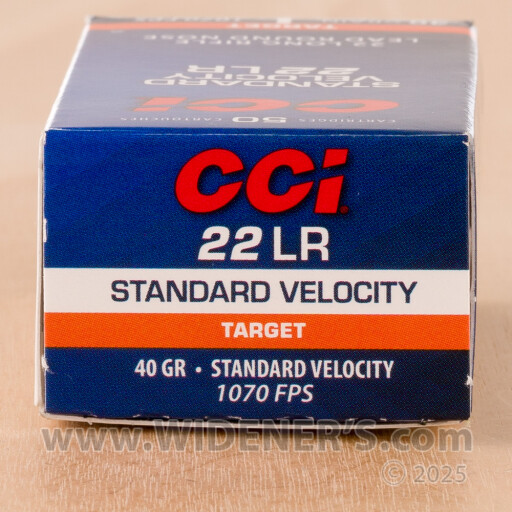
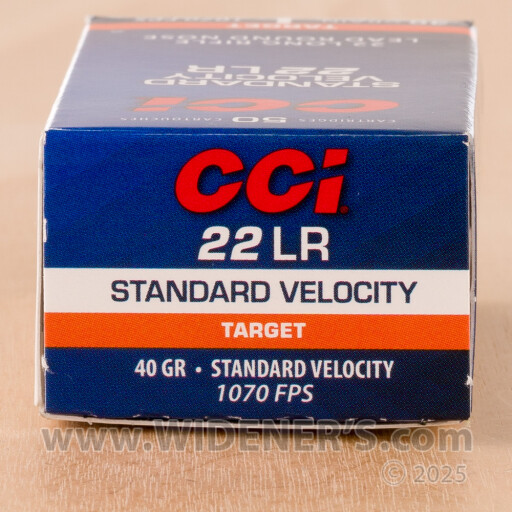
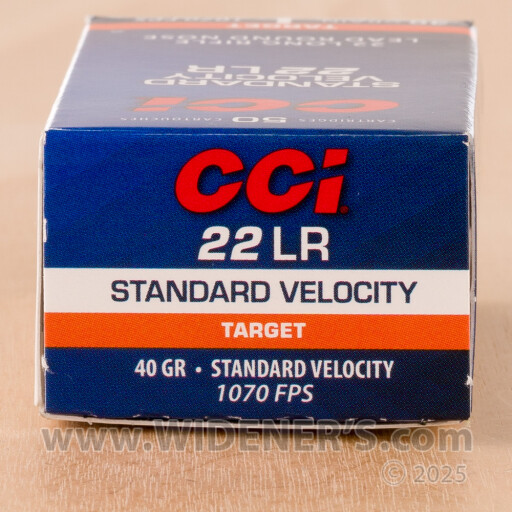
CCI Mini-Mag 40gr (CPRN)
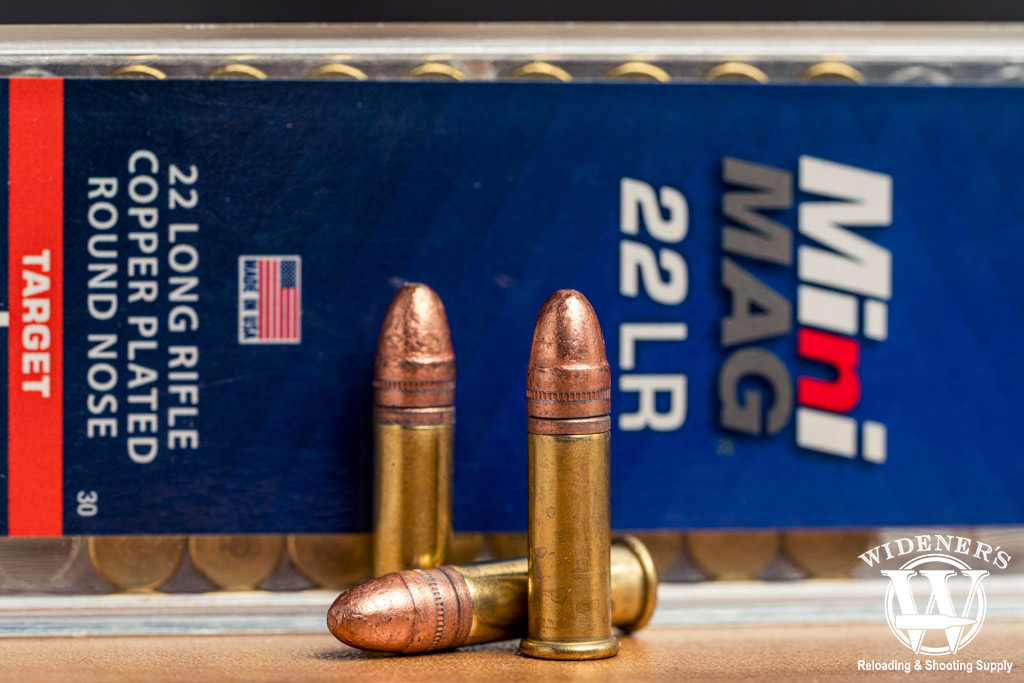
Best 22LR Ammo: The CCI Mini-Mag is a clean shooting, accurate round that feeds reliably.
The Mini-Mag 22 LR 40 Grain FMJ by CCI is a high-velocity round that delivers a muzzle velocity of 1,235 feet per second, with a grain weight of 40. This round is designed for excellent reliability and accuracy, featuring a copper-plated round nose bullet that ensures consistent feeding and minimal fouling. Its ballistic coefficient is .130, providing a stable trajectory and retaining energy effectively across distances, with 135 foot-pounds of energy at the muzzle reducing to 88 foot-pounds at 100 yards.
| Caliber | Bullet Type | Bullet Weight | Velocity (Muzzle) | Energy (Muzzle) | 50 Yards (Velocity/Energy) | 75 Yards (Velocity/Energy) | 100 Yards (Velocity/Energy) |
|---|---|---|---|---|---|---|---|
| .22LR | CPRN | 40gr | 1,235 FPS | 135 FT LBS | 1,092 FPS/106 FT LBS | 1,040 FPS/96 FT LBS | 998 FPS/88 FT LBS |
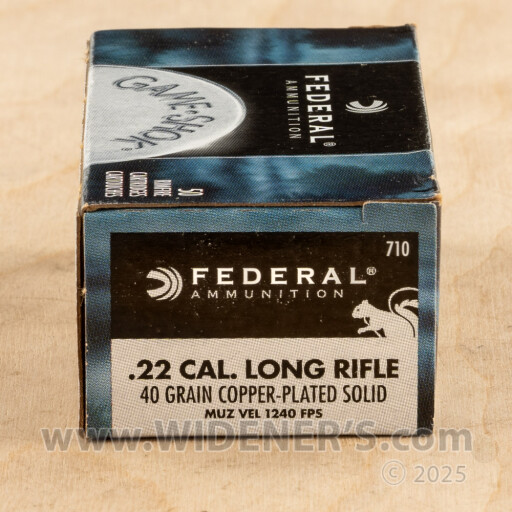

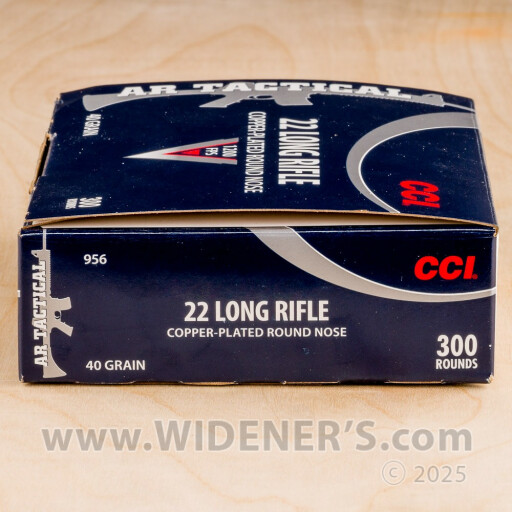
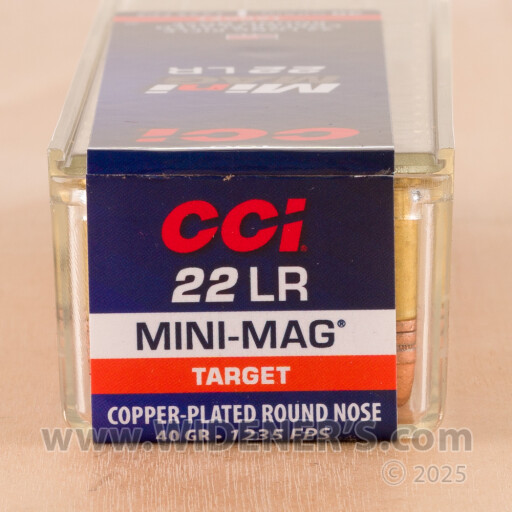
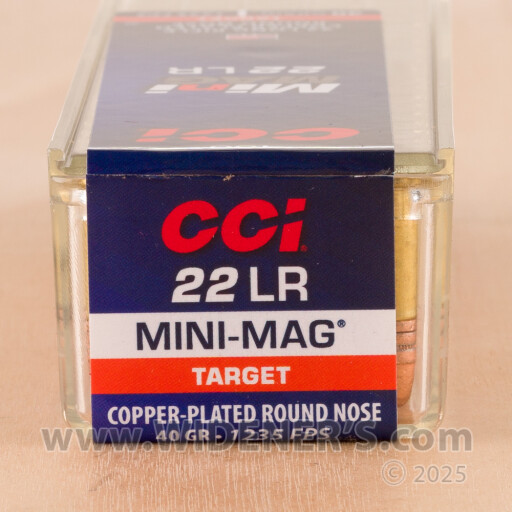
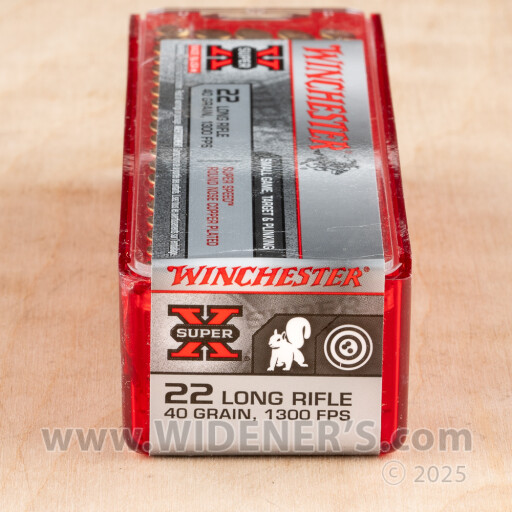

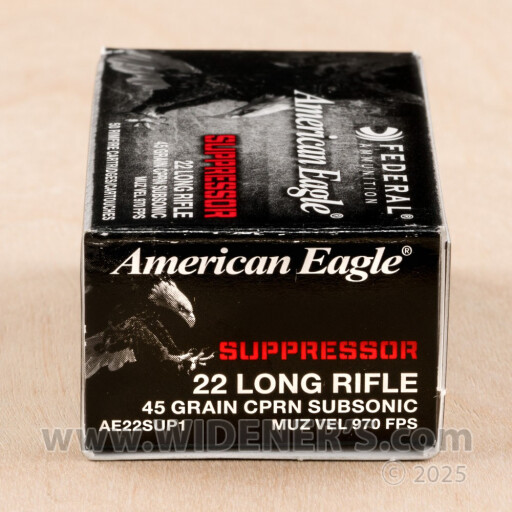
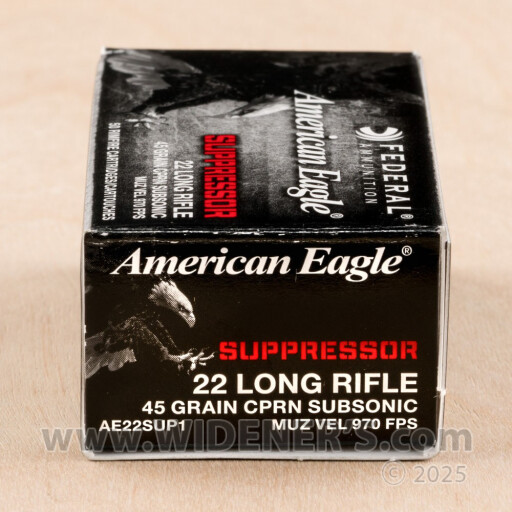
CCI Stingers 32gr (CPHP)
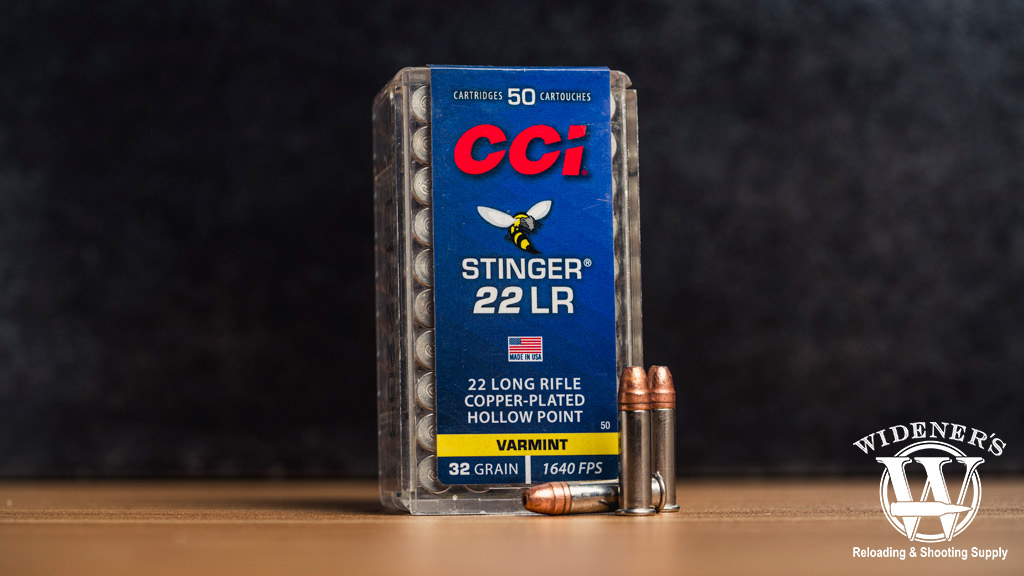
CCI Stingers: A flat shooting hollow-point round for taking small game and eliminating varmints.
The CCI Stingers 22 LR 32 Grain CPHP is renowned for its high velocity and flat trajectory, making it a top choice for varmint hunting. It achieves a muzzle velocity of 1,640 feet per second and maintains a high level of energy throughout its flight, with 191 foot-pounds at the muzzle decreasing to 81 foot-pounds at 100 yards. This ammunition is engineered for maximum performance, offering quick expansion upon impact to ensure a swift and humane kill.
| Caliber | Bullet Type | Bullet Weight | Velocity (Muzzle) | Energy (Muzzle) | 50 Yards (Velocity/Energy) | 75 Yards (Velocity/Energy) | 100 Yards (Velocity/Energy) |
|---|---|---|---|---|---|---|---|
| .22LR | CPHP | 32gr | 1,640 FPS | 191 FT LBS | 1,292 FPS/119 FT LBS | 1,162 FPS/96 FT LBS | 1,066 FPS/81 FT LBS |
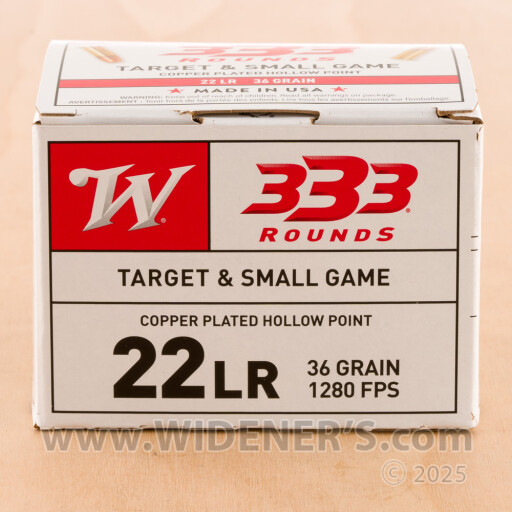
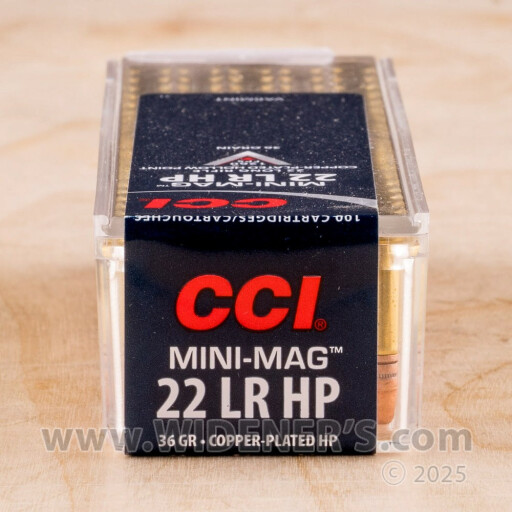
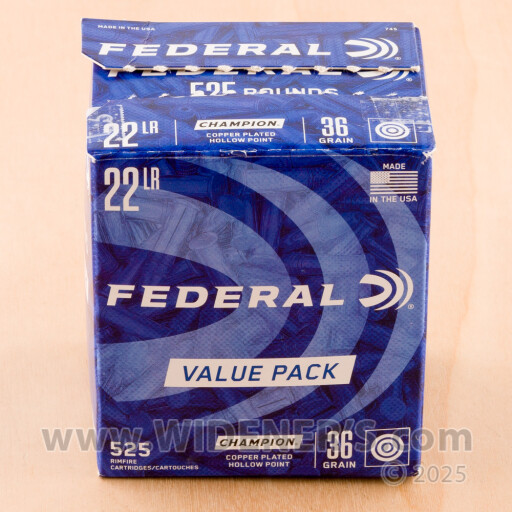
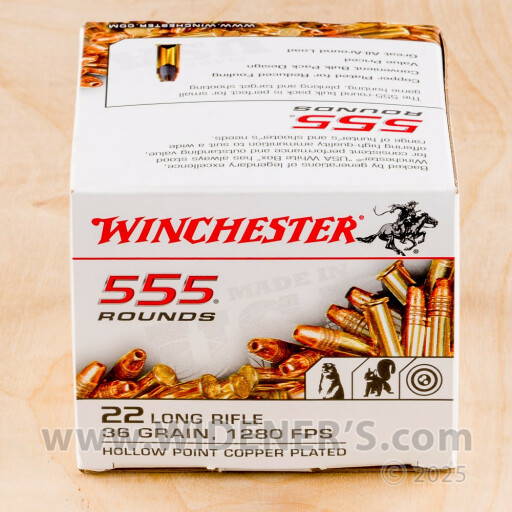
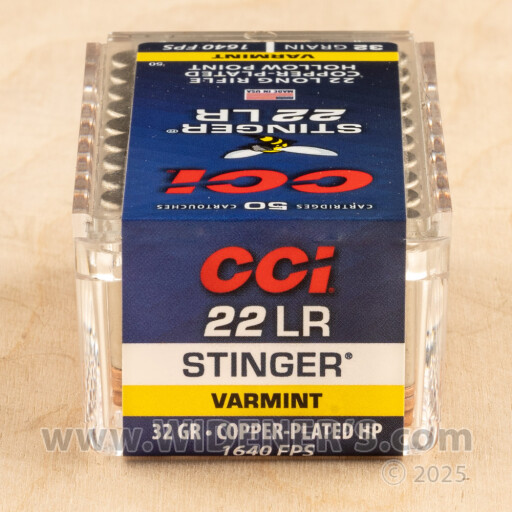
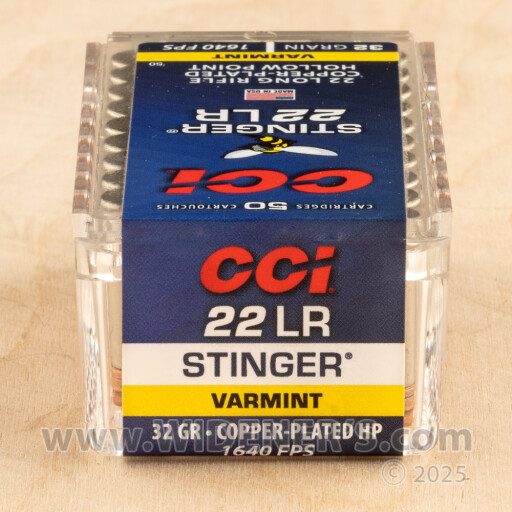
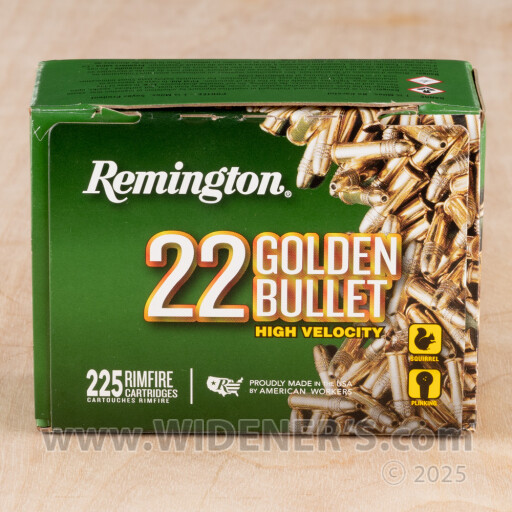
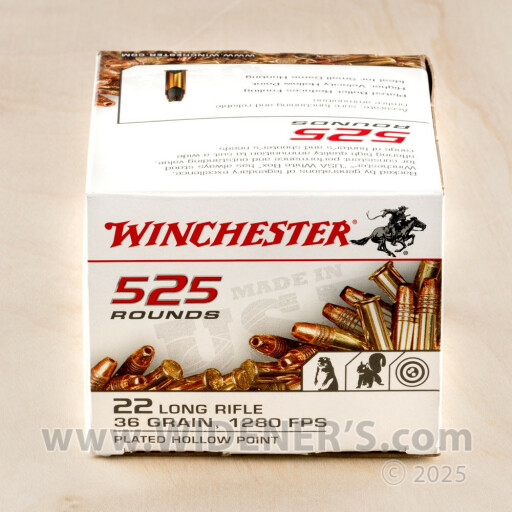
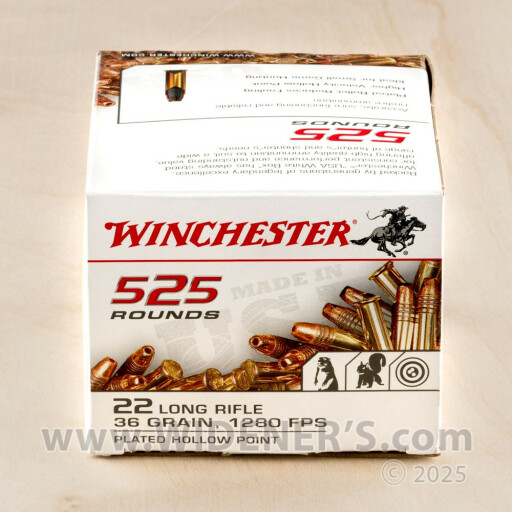
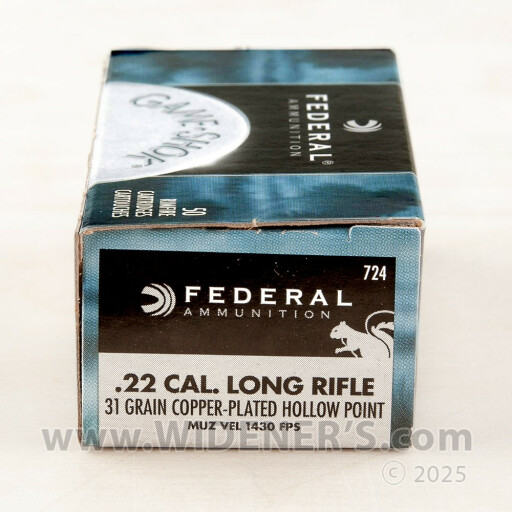
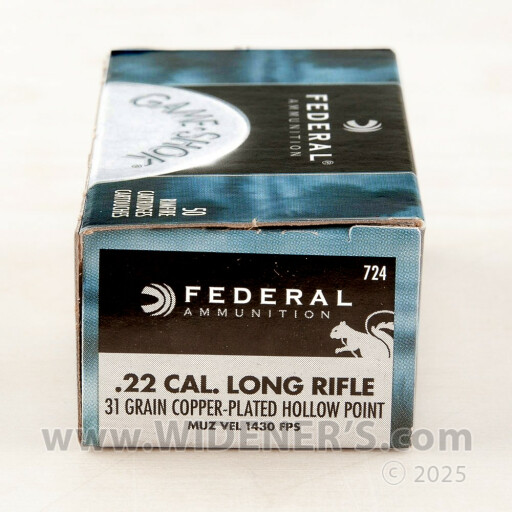
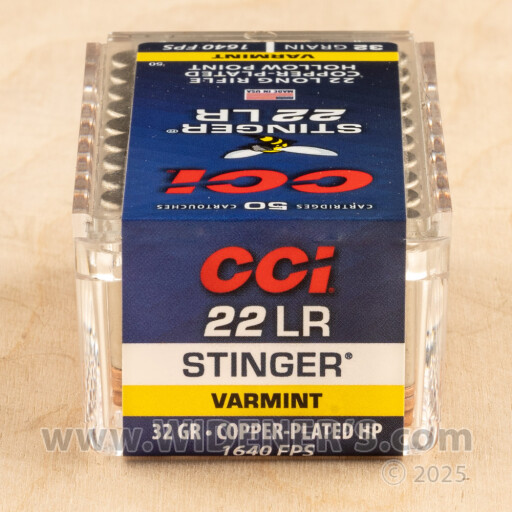
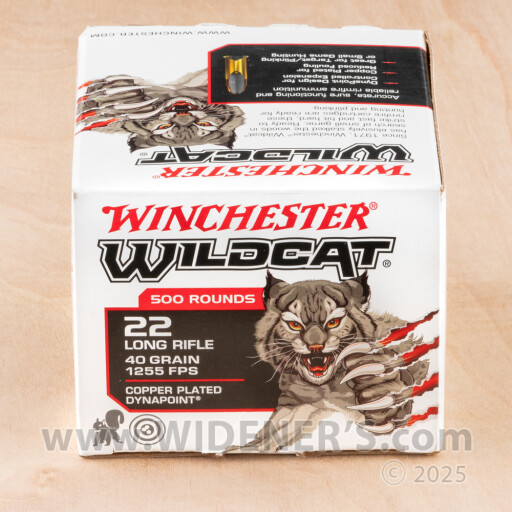
Bullet Types & Uses
A 40-grain lead round nose is a great all-around cartridge for the .22. It is accurate, lethal to pests, and is readily available in large bricks. The plated FMJ is a clean shooting option. The copper-plating acts as a lubricating surface between the bullet and the barrel. Hollow points, jacketed/plated or just lead, are also very common. These are popular for taking vermin and varmints, as well as small prey.
Lead Round Nose
These are popular because let’s face it, they’re cheap. LRN .22s represent the most efficient way to feed your rimfire addiction. They are easy to find in boxes of 500 or more, or you can buy a case of 5,000 for serious plinking. Most importantly, that’s a lot of shooting to be had for a small investment.
LRN’s will function well in most weapons and are a good all-purpose cartridge. Likewise, you can use them in all of your .22s, whether it be a single-shot rifle, revolver, autoloader, etc.
Full Metal Jacket/Copper-Plated
With rimfire ammo, plating the bullet has a very specific purpose. It reduces friction which increases the velocity of the projectile. Essentially, copper plating acts as a lubricant. Also, the plated variety significantly reduces lead fouling from the bullets passing through the barrel.
Competition .22 cartridges are generally copper plated, offering great velocity and henceforth the flattest trajectory.
Best 22LR Ammo: Hollow Point
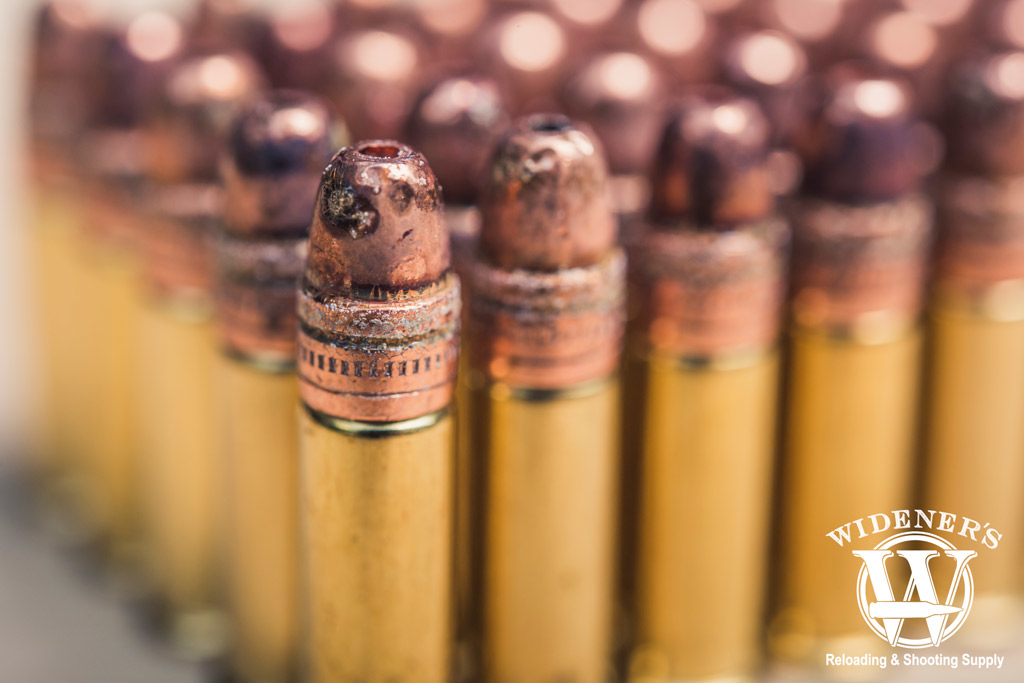
The .22 LR CPHP bullet is a popular choice for small-game hunting.
Hollow points are used for two purposes: self-defense and hunting. The hollowed tip expands on impact with soft tissue, often doubling the diameter of the bullet creating a massive wound channel. Unlike the giant, ungainly lead balls and slugs of yesteryear, hollow point bullets travel with enormous kinetic energy which is transferred to expansion and penetration on impact.
Shotshells
There are a couple of different types of shotshells in .22 LR. A crimped case is quite common and is a brass case that is the full length of an entire .22 LR cartridge with the bullet. This does not pose any problems with bolt action or break-open rifles or revolver handguns, but these on occasion will get hung up ejecting from autoloaders. This is nothing surprising, though, because rimfire autoloaders are notoriously finicky to start with due to the low power of rimfire cartridges.
The other variety of shotshell uses a standard-length metal case with a plastic “bullet” encasing the shot. The plastic shell dissolves on impact with the target. This is a nice bonus as it keeps the shot tight in transit. Also, these tend to eject a little smoother from autoloaders.
Miscellaneous .22 rounds
Dedicated autoloader cartridges are currently produced in the .22 LR caliber. This .22 LR ammo is designed to fire at higher velocities, hence a higher powder charge. As a result, this produces the additional energy necessary to reliably cycle semi-automatic firearms.
Different Bullet Weights
Rimfires are a little bit different from centerfire cartridges in that their cases are very small. This gives little variation in terms of what weights and shapes of bullets can be used. Also, due to the heeled bullet design, common bullet shapes of centerfire calibers are not possible.
With this in mind, there are only a few bullet weights in .22 LR. The most common are 40 grains for solid bullets and then 36 grains for hollow points. Unlike centerfire cartridges in which the structure of the bullet is completely different between round nose bullets and hollow points, a .22 hollow point is really little more than a LRN with a cavity in the center.
There is a class of lightweight bullets known as “hyper-lightweight” which are in the 30 to 32 grain range and scoot along at upwards of 1,600 fps. I would choose this only in windless conditions and without the possibility of shooting through branches or even tall grass.
.22 LR Quick Answer Box:
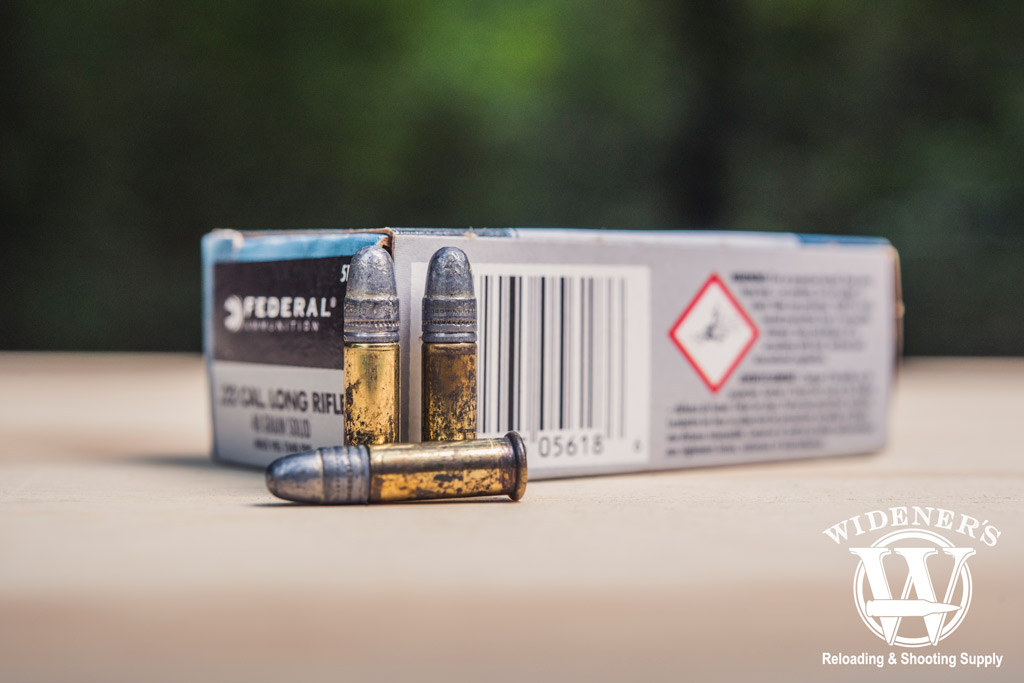
The .22 LR is one of the oldest cartridges still in use in modern weapons today.
• Is .22 LR ammo a good choice for a beginner? The .22 LR cartridge is one of the most popular ammo choices in the world because of its wide availability. It’s used in many popular shooting sports events, including the Olympics. As a result, it’s a favorite of plinkers and veteran shooters alike. The .22 LR is a low-recoil, standard-velocity cartridge. Affordable pricing makes it an excellent choice for any beginner in the world of firearms.
• Can I shoot .22 LR ammo in a gun chambered for 22 Magnum? The .22 LR cartridge cannot be safely fired in a gun chambered for .22 Magnum (WMR). The spacing gap of a .22 LR bullet, loaded inside the barrel of a gun chambered for .22 Magnum, will likely cause the .22 LR cartridge to rupture when fired. For example, this rupture could cause irreparable damage to the firearm and would likely result in personal injury.
• Is .22 LR ammo a good choice for hunting? The .22 LR cartridge has long been regarded by hunters and the prepping community for small game and varmint hunting. Its proven effectiveness against squirrels, rabbits, and rodents makes it a great choice for the average hunter. There are also many hunters who swear by its performance against larger game like feral pigs and wild coyotes. For many hunters, the .22 LR cartridge is the best “bang for your buck” to get the job done.
History Of The Cartridge
The .22 LR, or just “.22” as most folks know it, has been around for a long, long time. Originally introduced in 1887 by the J. Stevens Arms & Tool Company. It was a hybrid of the .22 Long cartridge case with the heavier 40-grain bullet from the defunct .22 Extra Long. However, the result has had tremendous staying power.
Originally, all of the rimfire cartridges were loaded with black powder which transitioned over the years to smokeless powders. For example, the .22 LR has been fitted with all kinds of different bullet types. Including the ever-popular lead round nose (LRN), hollow points (HP), copper-jacketed, and even some subsonic loads exist. There are also several varieties of shotshells produced in .22 LR. These turn any handgun or rifle into a miniature shotgun, very potent against small varmints at close ranges.
Best 22LR Ammo: Plinker’s Choice?
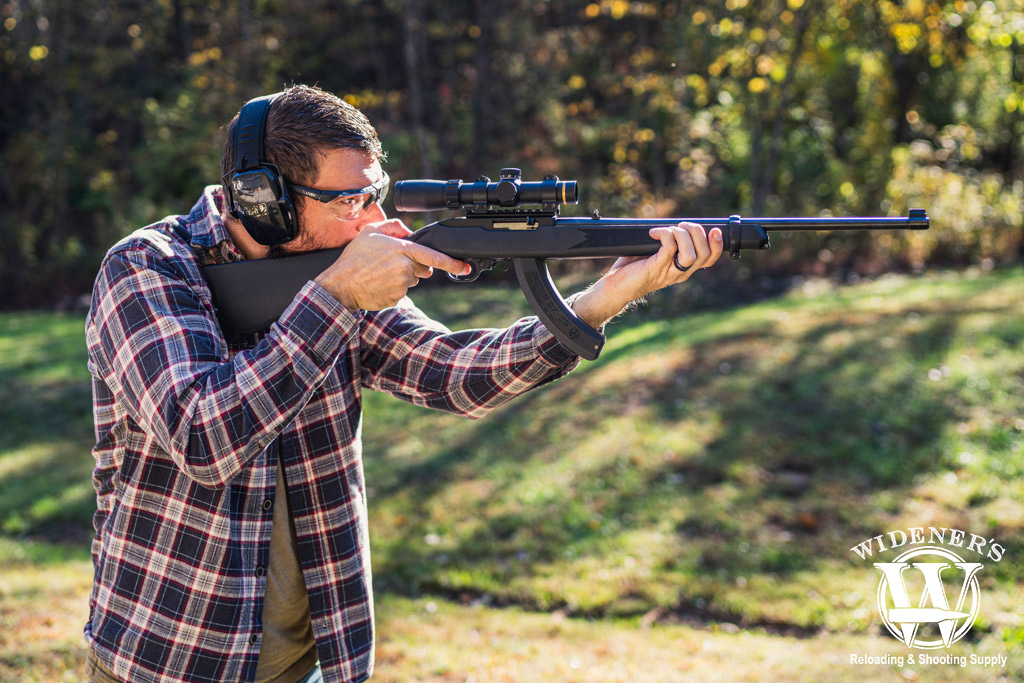
The versatility of the .22 LR cartridge makes it a great choice for many gun owners.
There is no question of the popularity and usefulness of the best 22LR ammo. It allows you to shoot a variety of firearms, all with a common caliber. It’s devoid of recoil, generally quiet, and generally inexpensive. There are enough ammunition types to fill the different needs of gun owners. From plinking and general target practice to varmint control to precision match shooting, it does it all.
It is also a great caliber to learn how to shoot with. That’s why you’ll find it as a staple caliber on many youth shooting teams. It is equally adept at allowing users to maintain and improve their skills. In conclusion, you can stay out at the range all day without it hurting your wallet or your collarbone.


